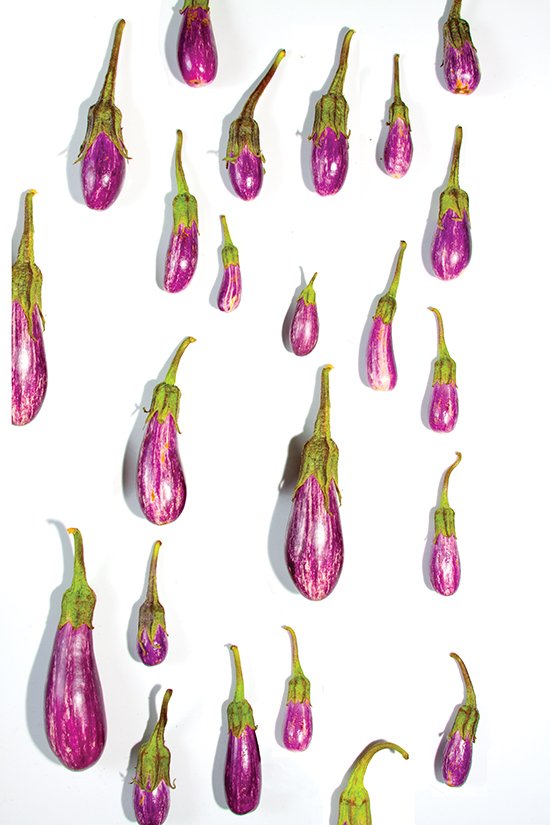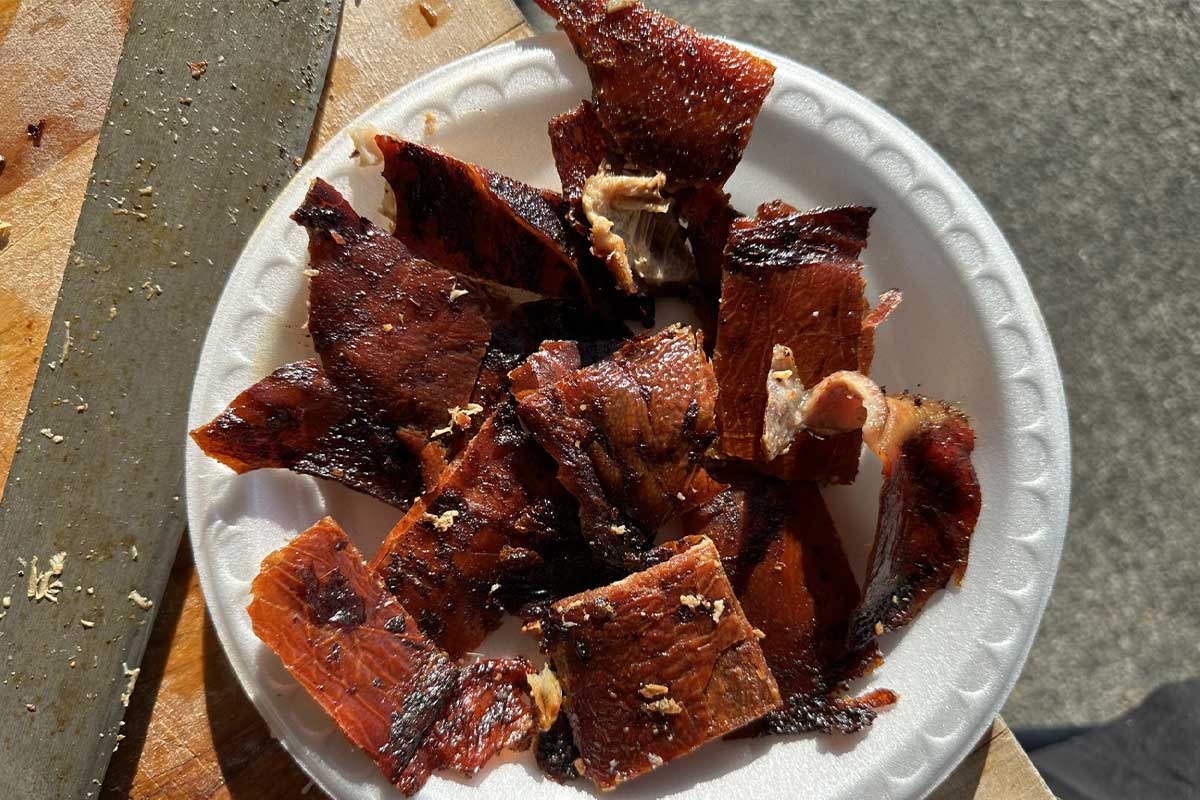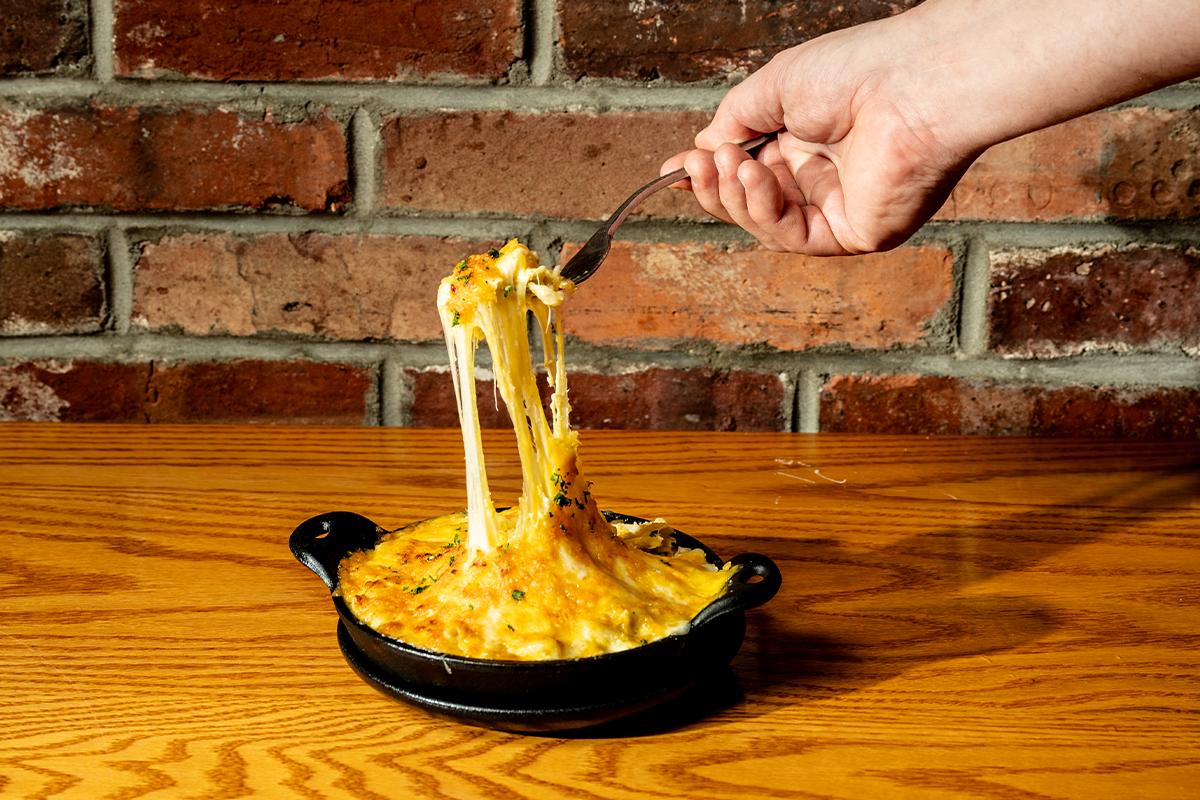Enjoyed in kitchens across the world, eggplant deserves attention as summer fades to fall. —Stefanie Gans & Ariel Yong

eat
The Crisper the Better
Eggplant is velvety in a Szechuan garlic sauce. Eggplant is creamy in the Mediterranean spread baba ghanoush. Eggplant is silky in the Afghani bouranee baunjan. There’s also dishes from Italy to India where eggplant turns into a smooth mellowness. But not at Pete’s Apizza. Sliced thin like a business card, crispy eggplant discs adorn a pie of spinach, onions and ricotta. The eggplant is dusted with flour and dunked in oil—and stays out of the oven. The chip would soften in the blazing fire, instead the chips hop on after the pizza is cooked and the leftover warmth helps reheat it. It’s a trick Thomas Marr, chef and co-owner, thought to apply to the eggplant after successfully turning parsnips and artichokes into chips.
cook
Left behind the Trend
Ali Maffucci spiralized—the now-trending act of turning vegetables and fruits into noodle-like strands—over 20 different edible ingredients. Her one failure: eggplant. “What you end up getting is a few noodles and the rest of it is sort of mush,” says Maffucci, who started the blog Inspiralized, which comes out as a book next September. Eggplant doesn’t work “because the flesh of the eggplant is very soft and it’s very seedy,” says Maffucci. About 70 percent of the vegetable is wasted. Of the many available spiralizing tools—the Vegetti, the Spiralizier and Maffucci’s favorite, the triple-blade Paderno World Cuisine slicer—Maffucci suggests using a simple knife to create “pasta” strands from eggplant.
buy
A Bumpy Ride
According to Jorge Barajas of Barajas Produce, not only do the classic eggplants need to be deep in color, but they also have to feel right. Barajas said that ripe eggplants are “not completely smooth but kind of rugged,” a texture that some have described as smooth bumps that are slightly sticky. Barajas Produce sells a variety of eggplants—classic, fairytale (pictured), and African ones, which are “very bitter”—at the Crystal City Farmers Market. And Robert Schubert of Lydia’s Fields at Wheatland agrees with Barajas: an eggplant’s feel is the best way to tell if it’s ripe or not. He recommends people press on the eggplants to understand the flesh. “You don’t want it overripe which would be really soft. But you don’t want it not ripe and it’d be really hard. It should have a good, purple or red color to it depending on the type.”
(September 2014)




